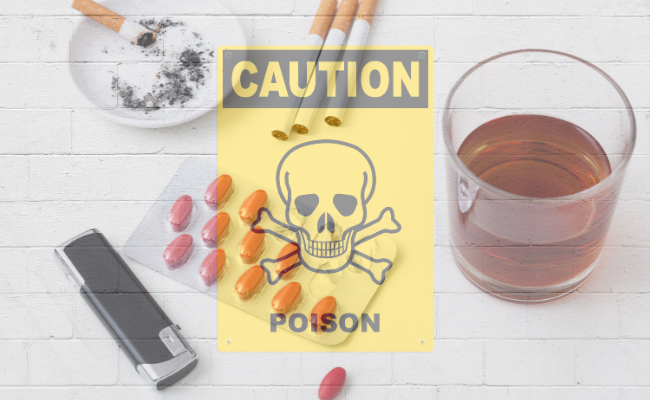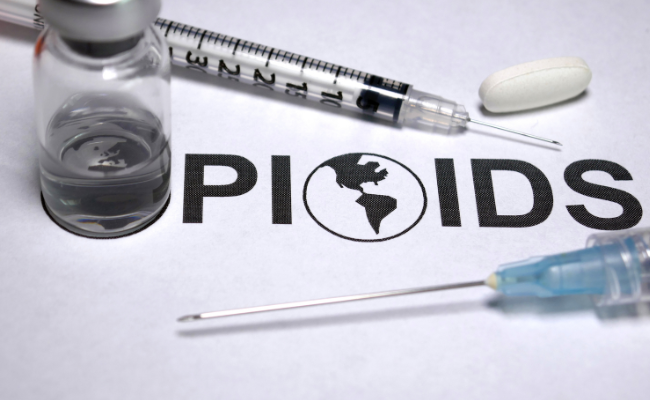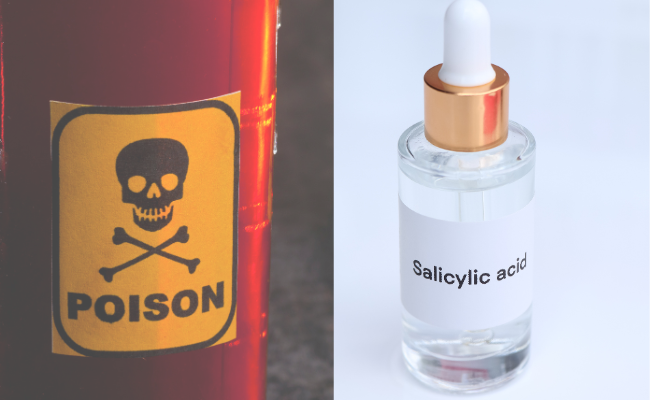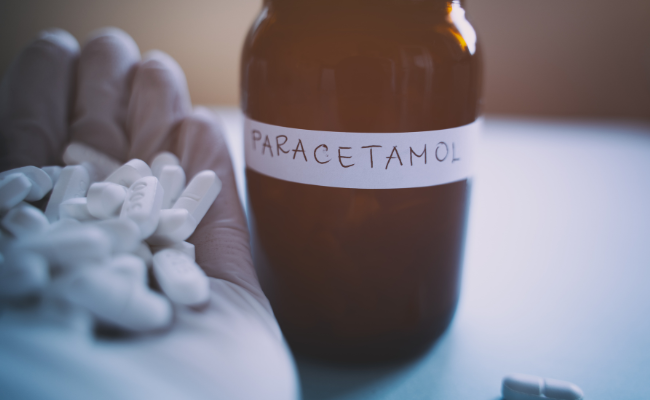How to Treat Neurogenic Shock?
- February 02, 2024
- No Comments
What is Neurogenic Shock?
Neurogenic shock, resulting from the sudden loss of the sympathetic nervous system's control over vascular tone, poses a life-threatening condition marked by a significant drop in blood pressure and inadequate tissue perfusion. This disruption, often occurring after a spinal cord injury, impairs the stability of heart rate, blood pressure, and temperature. Immediate treatment is crucial to prevent fatal consequences by addressing compromised blood flow that hinders oxygen and nutrient delivery to cells.
Distinguishing neurogenic shock from spinal shock, the latter involves limp muscles and the absence of reflexes post-spinal cord injury. In contrast, comparing neurogenic shock with hypovolemic shock reveals differences in heart rhythm, with neurogenic shock presenting a slow rhythm and hypovolemic shock showing a fast rhythm. Both conditions demand swift intervention to mitigate their life-threatening implications.
Why Does Neurogenic Shock Occur?
Neurogenic shock is often a consequence of spinal cord injuries or severe damage to the central nervous system. The spinal cord serves as a bridge between the brain and the rest of the body, transmitting signals that control various bodily functions, including blood vessel constriction. Trauma, such as a spinal cord injury, disrupts these signals and can lead to a sudden loss of vascular tone.
Other causes of neurogenic shock may include certain medical conditions, such as spinal tumors, infections affecting the spinal cord, or severe brain injuries. Regardless of the cause, neurogenic shock represents a critical medical emergency that requires prompt and appropriate intervention.
How to Identify Neurogenic Shock?
Recognition of neurogenic shock is crucial for timely intervention. Common signs and symptoms include:
- Hypotension: A significant drop in blood pressure is a hallmark of neurogenic shock. This can lead to dizziness, fainting, or confusion in affected individuals.
- Bradycardia: Neurogenic shock often results in a slow heart rate, or bradycardia. The heart may struggle to pump enough blood to meet the body's needs.
- Warm and Dry Skin: Unlike other types of shock, neurogenic shock can cause warm and dry skin due to the loss of sympathetic nervous system function, which typically regulates sweating.
- Lack of Sweating Below the Level of Injury: If neurogenic shock is related to a spinal cord injury, the lack of sweating below the level of injury is a significant indicator.
- Loss of Bladder or Bowel Control: In cases involving spinal cord injuries, individuals may experience loss of bladder or bowel control.
Treatment Solutions for Neurogenic Shock:
- Stabilization of the Spine: The first step in treating neurogenic shock involves stabilizing the spine to prevent further damage. Immobilization techniques, such as a cervical collar or backboard, may be utilized to ensure the spine remains in a neutral position.
- Intravenous Fluids: Intravenous (IV) fluids are administered to help increase blood volume and address the hypotension associated with neurogenic shock. Crystalloid solutions, such as saline, are commonly used to restore fluid balance.
- Vasopressors: Vasopressor medications, such as norepinephrine or phenylephrine, may be administered to constrict blood vessels and elevate blood pressure. These drugs work by mimicking the action of the sympathetic nervous system.
- Atropine: Atropine may be used to counteract bradycardia by blocking the effects of the vagus nerve, which slows down the heart rate. This can help restore a more normal heart rhythm.
- Temperature Control: Maintaining the patient's body temperature is essential. Warm blankets or cooling measures may be employed to regulate body temperature and prevent complications.
Benefits of Timely Treatment:
- Prevention of Organ Damage: Timely treatment of neurogenic shock helps prevent organ damage by ensuring an adequate supply of oxygen and nutrients to vital organs. Prompt intervention minimizes the risk of complications such as organ failure.
- Improved Survival Rates: Neurogenic shock can be a life-threatening condition, and timely treatment significantly improves the chances of survival. Quick and appropriate medical intervention is essential to stabilize the patient's condition and prevent further deterioration.
- Enhanced Quality of Life: Effective management of neurogenic shock contributes to a better quality of life for individuals who may have experienced traumatic injuries leading to this condition. Proper treatment can minimize long-term complications and support rehabilitation efforts.
- Reduced Morbidity and Disability: Prompt administration of intravenous fluids, vasopressors, and other interventions can reduce the overall morbidity and disability associated with neurogenic shock. Preventing further damage to the nervous system and organs promotes a more favorable recovery outcome.
- Prevention of Complications: Early identification and treatment of neurogenic shock help prevent complications such as infections, bedsores, and respiratory issues. These complications can arise due to prolonged immobility and compromised organ function.








Comments (0)
No comments yet